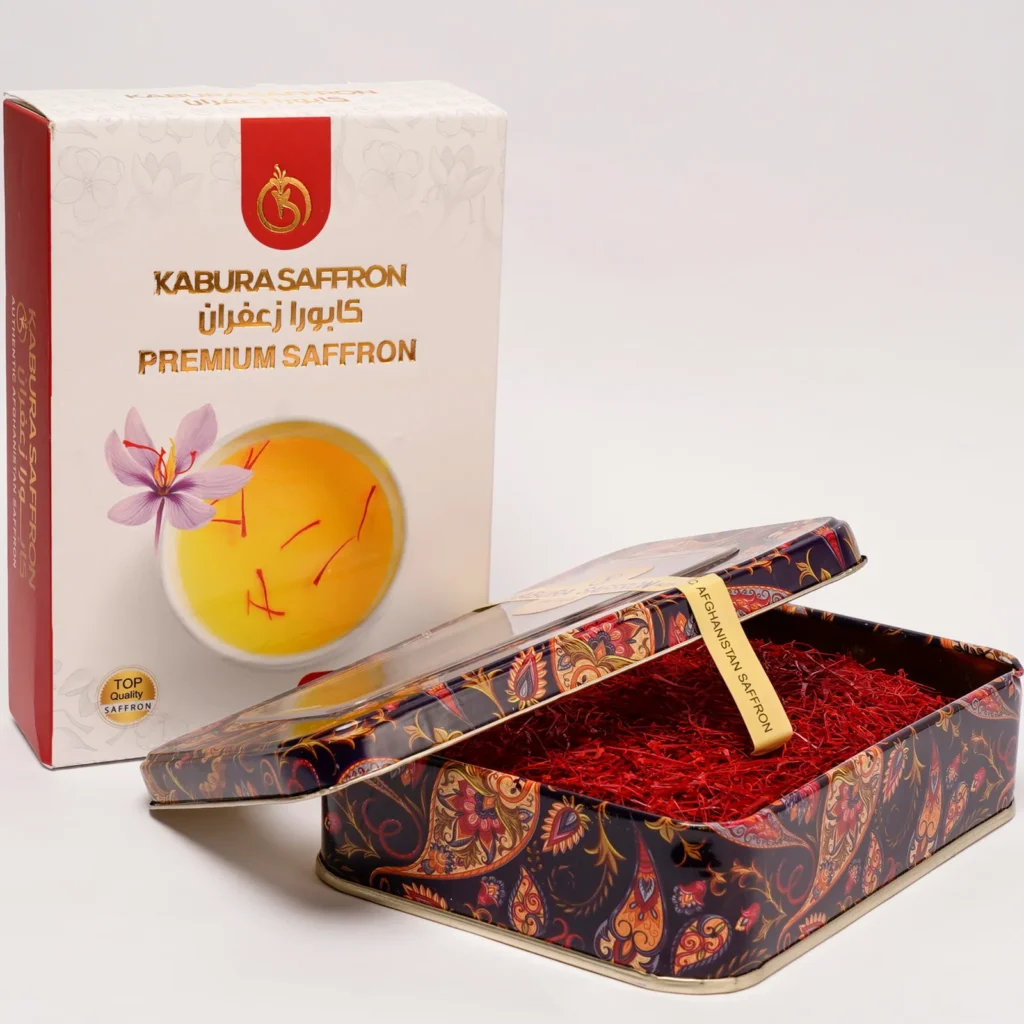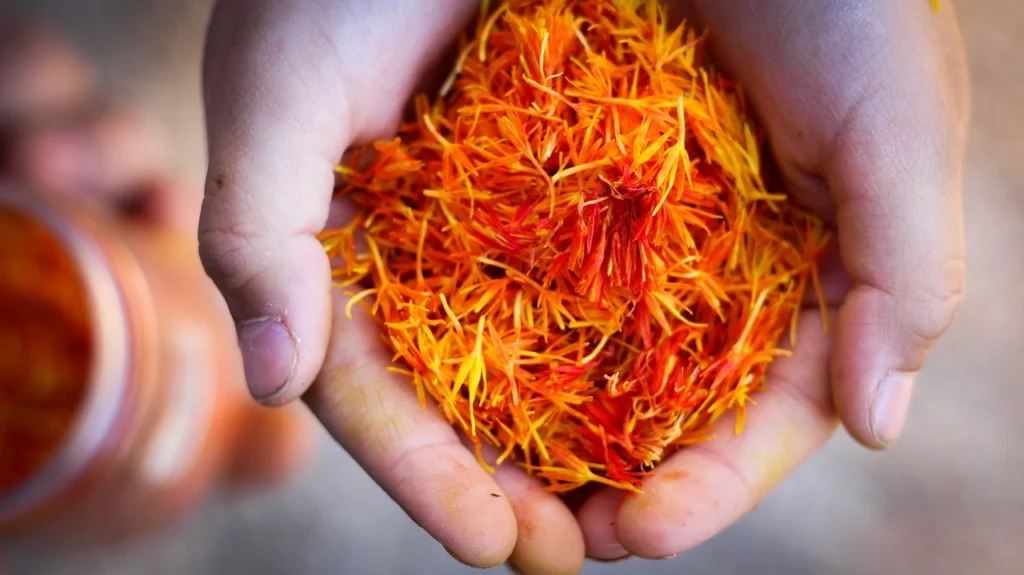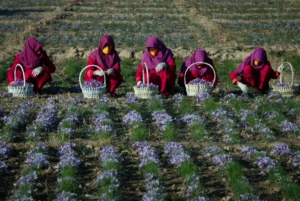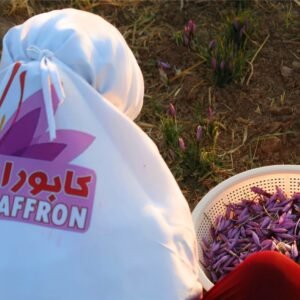



Afghanistan, a country with a rich history and culture, has recently emerged as one of the major saffron-producing regions in the world. Saffron, known as “red gold,” holds a special place in Afghanistan’s agriculture and has become a valuable export product, contributing to the country’s economy and sustainable development. In this blog, we will explore the history, quality, and global significance of Afghan saffron and the reasons behind its growing international reputation.

Although saffron cultivation in Afghanistan is relatively new compared to countries like Iran and Spain, it has experienced rapid growth in recent decades. After 2001, the Afghan government, along with international organizations like FAO and USAID, began promoting saffron cultivation as an alternative to poppy farming in various regions. Due to its low water requirements and resistance to harsh climate conditions, saffron quickly gained popularity, especially in provinces like Herat.
One of the key factors that have brought Afghan saffron to global recognition is its high quality. Afghan saffron has been praised worldwide for its rich color, aroma, and flavor, winning multiple international awards. The favorable climate conditions and traditional harvesting methods contribute to the purity and premium quality of Afghan saffron.
Afghan farmers use traditional techniques for harvesting, which include careful picking and drying under controlled conditions. This meticulous process results in saffron that is recognized globally for its purity and exceptional flavor.
 3. Economic Importance of Saffron for Afghanistan
3. Economic Importance of Saffron for AfghanistanSaffron has become a stable and valuable source of income for Afghan farmers. Not only has it helped increase the income of rural farmers, but it has also played a significant role in providing employment opportunities for women and youth in rural areas. As a high-value export product, saffron is helping Afghanistan shift away from dependence on crops like poppy and move towards more sustainable and legitimate agricultural practices.
Afghan saffron has found a growing market, especially in European and Middle Eastern countries. The export of saffron to various nations has helped Afghanistan establish itself as a significant player in the global saffron industry.
Although Afghanistan is a newcomer in saffron production, it has successfully competed with leading countries like Iran and Spain. The high quality and competitive price of Afghan saffron have made the country a serious contender in the global market. However, challenges such as weak infrastructure, lack of strong branding, and difficulties in transportation still hinder further development of this industry.
One of the main challenges Afghan farmers face is the lack of adequate infrastructure for processing and packaging saffron. Much of the saffron is sold in bulk without proper packaging, which affects its competitiveness in international markets. Improving these areas could increase farmers’ incomes and strengthen Afghanistan’s position in the global saffron market.
On the other hand, there are many opportunities for expanding this industry in Afghanistan. The growing global demand for organic and high-quality products presents a great opportunity for Afghan saffron. Additionally, efforts to create local brands and promote Afghan saffron internationally could help elevate the country’s status in global markets.
Given the high quality and export potential of Afghan saffron, the future of this industry looks promising. By investing in farmer education, improving agricultural infrastructure, and better global marketing, Afghanistan could solidify its place as one of the top saffron producers in the world. Furthermore, paying attention to global market demands and developing effective packaging and branding strategies will help the industry grow even further.
Afghan saffron, as a high-quality and valuable product, holds an important place in the country’s economy. Due to its superior quality and growing international reputation, it has also achieved success in global markets. Despite the challenges, the future of this industry is bright, and Afghan saffron will continue to shine as a symbol of the country’s agricultural potential.